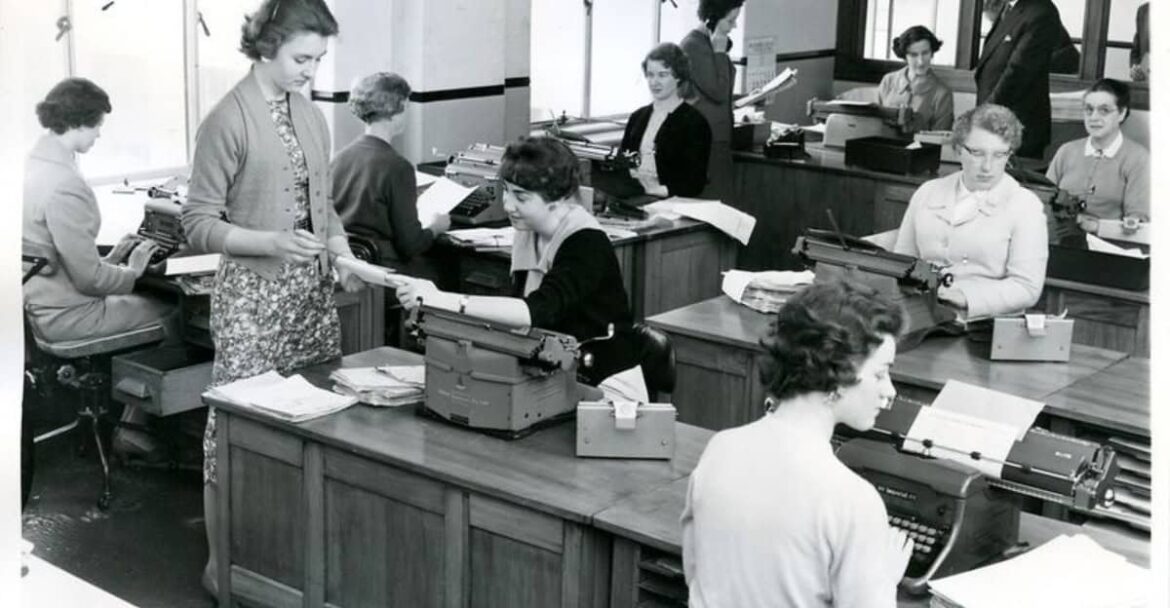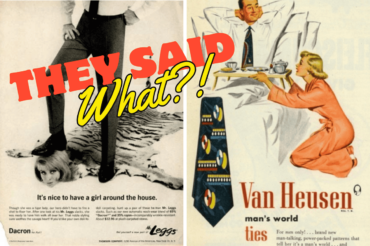The 1950s were marked by a set of workplace expectations for women that, today, seem not only outdated but absurd.
These rules were reflective of the gender norms and societal expectations of the time, often relegating women to subordinate roles.
Despite their skills and ambitions, women were frequently limited by these constraints.
Let’s explore ten of the most ridiculous rules that shaped women’s professional lives during this era.
1. Strict Attire Rules
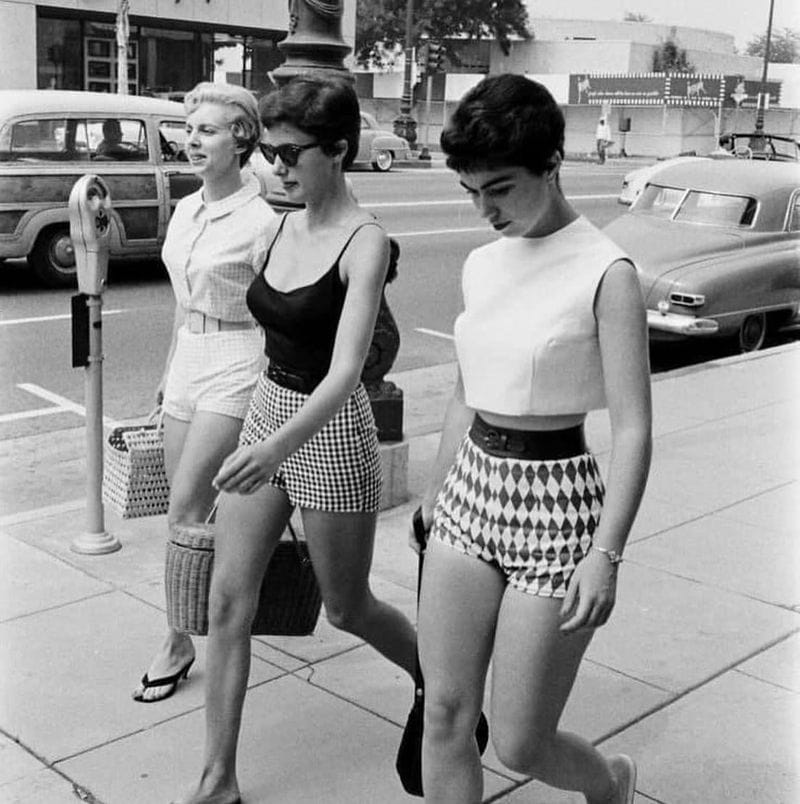
In the 1950s, women faced strict attire rules in the workplace, often having to adhere to conservative dress codes.
Pencil skirts, blouses, and sensible shoes were the norm. Clothing was not just about fashion; it was a symbol of propriety and professionalism.
While men wore suits, women were expected to maintain a specific, polished appearance. This left little room for personal expression or comfort.
These attire rules were more than just about looks. They reinforced the idea that women were secondary in the workplace, focusing more on appearance than on skill.
2. Don’t Speak Unless Spoken To
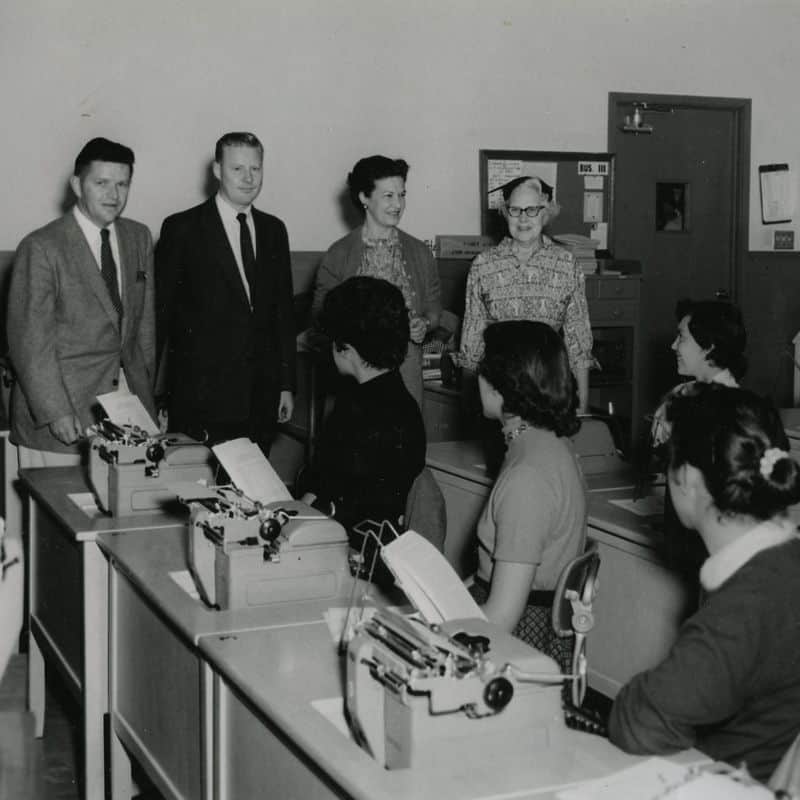
A common rule for women in the workplace during the 1950s was the expectation to remain silent unless spoken to.
This unspoken rule reinforced the hierarchical structure that kept women from expressing their ideas or concerns freely.
Women were often relegated to listening roles, with their input undervalued and overlooked.
This silence was not merely a matter of etiquette but a reflection of the limited roles women were allowed to play. It curtailed their ability to contribute meaningfully and stifled creativity and innovation.
3. No Opportunity to Advance
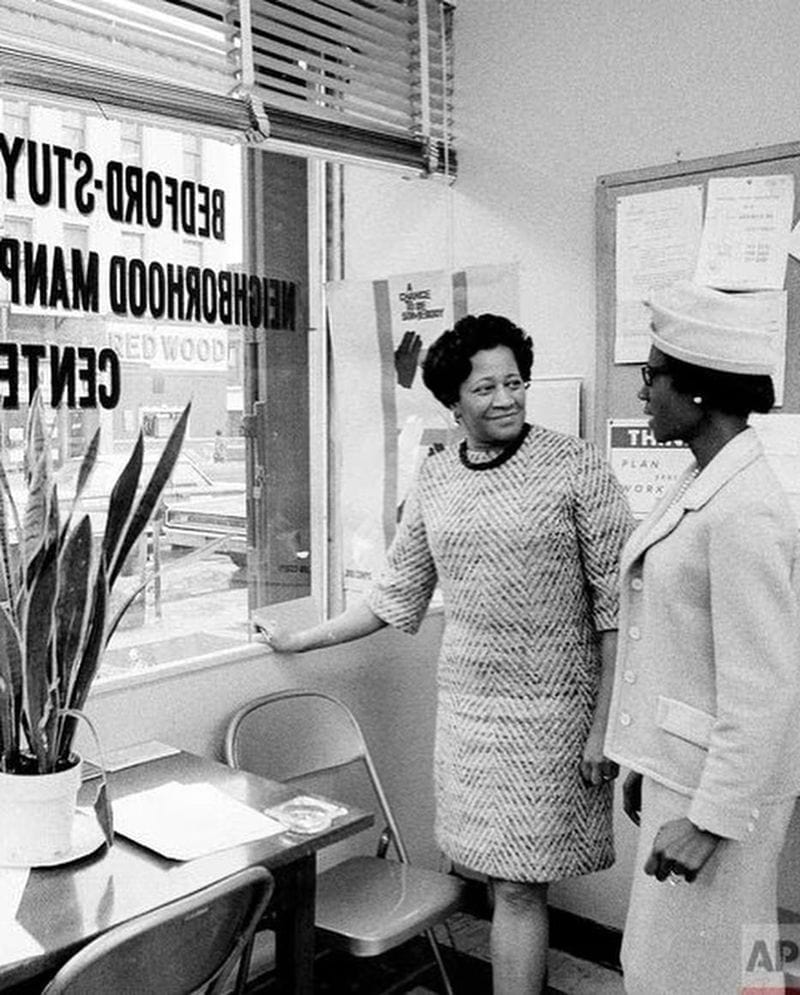
The chance for women to advance in their careers during the 1950s was practically non-existent. Promotions and leadership roles were largely reserved for men, regardless of a woman’s capability or experience.
This barrier was often referred to as the ‘glass ceiling,’ an invisible barrier that prevented women from rising beyond a certain level.
Women were mostly confined to roles like secretaries or administrative assistants, with little hope of moving into more influential positions.
This lack of opportunity stifled ambition and perpetuated gender inequality in the workplace.
4. Typing Skills Were a Must
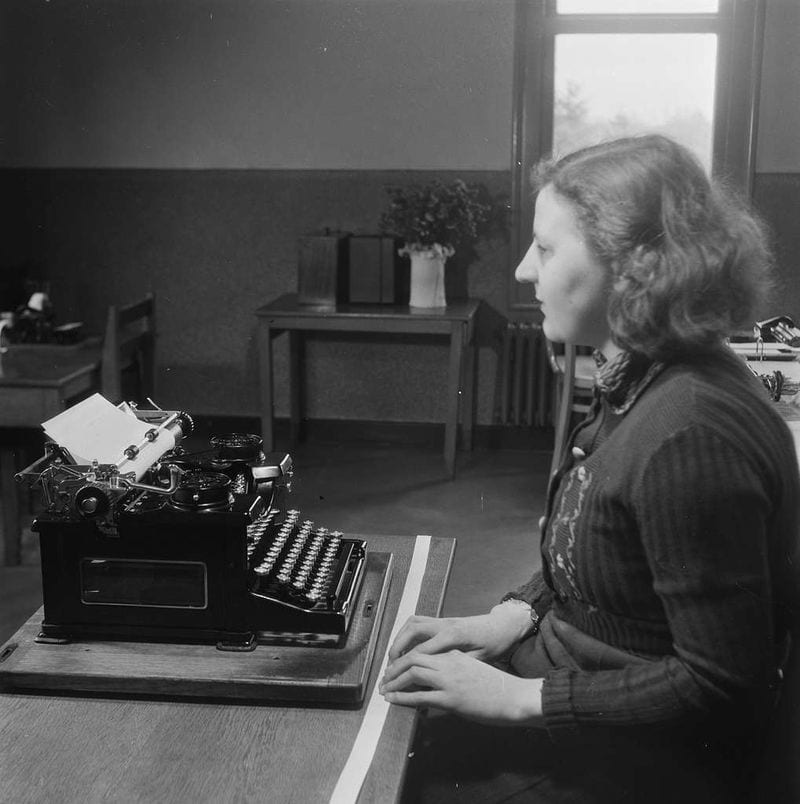
Typing was considered an essential skill for women in the 1950s workplace. Most women found themselves in secretarial roles where typing was a daily requirement.
This skill was not only a job prerequisite but a defining characteristic of women’s work at the time.
Mastery of the typewriter was often valued over other skills, limiting women’s opportunities to other fields.
By emphasizing typing, companies kept women in clerical positions, reinforcing the narrow career paths available. Typing symbolized the limited roles women were permitted to occupy.
5. Always Keep a Smile On Your Face

In the 1950s workplace, women were often expected to maintain a cheerful demeanor, regardless of their personal feelings or work stress. Smiling was seen as part of their job.
This expectation wasn’t just about politeness; it was tied to the idea that women should appear pleasant and agreeable at all times.
A constant smile was a way to ensure women remained non-threatening and subordinate. It was a superficial requirement that ignored individual emotions and reinforced the gender dynamics of the time.
6. Clean Around the Office
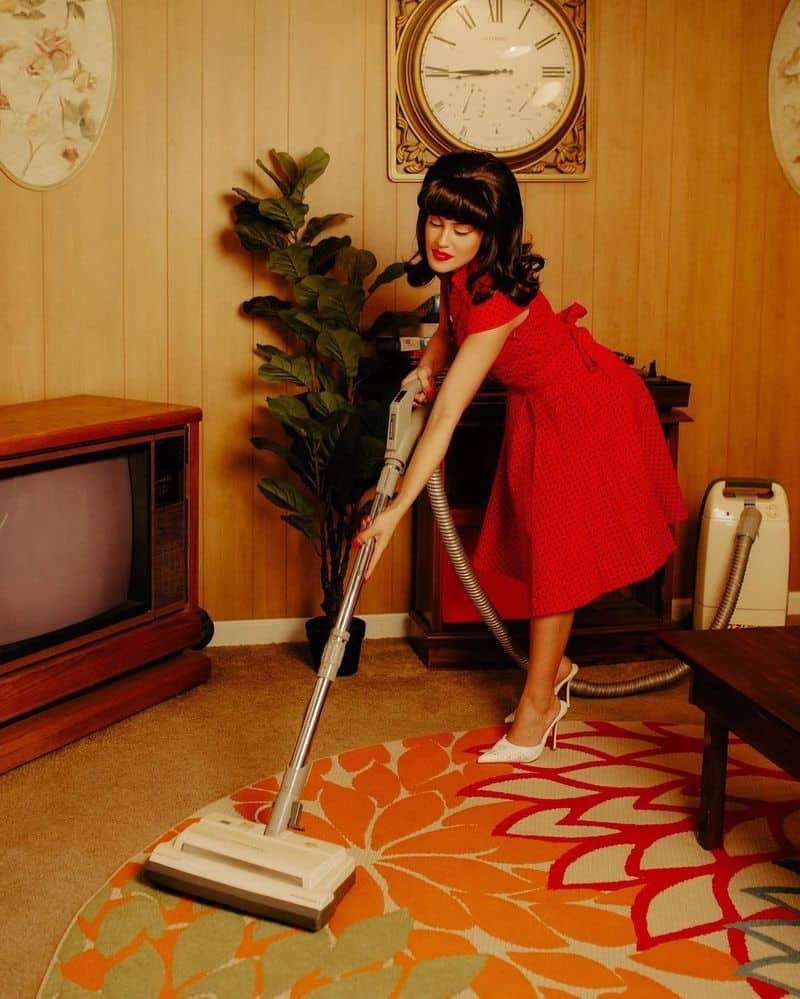
Cleaning and tidying were often part of women’s unofficial duties in the 1950s workplace. Despite their professional roles, women were expected to maintain a tidy environment.
This task was a reflection of the domestic responsibilities women were traditionally associated with.
It underscored the belief that women were naturally suited for caretaking roles, even in the office.
This expectation added to their workload and further reinforced the gender stereotypes that limited women’s professional growth and respect in the workplace.
7. Avoid Talking About Sensitive Subjects
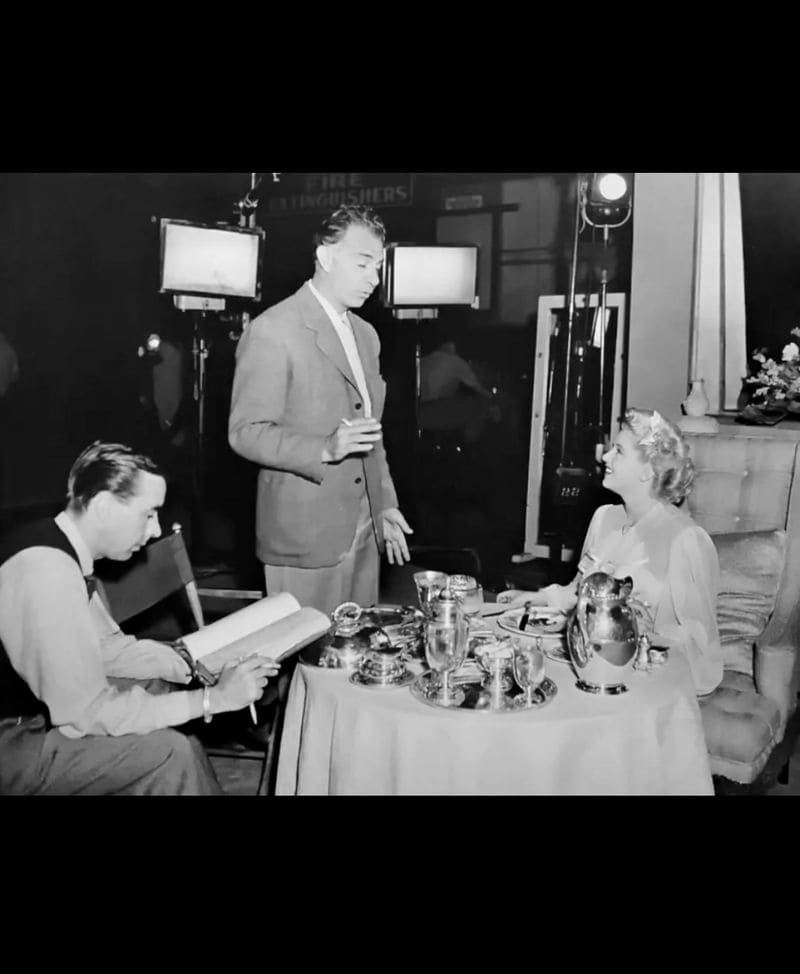
In the 1950s, women were advised to steer clear of discussing sensitive subjects like politics or religion in the workplace. These topics were considered inappropriate and could potentially disrupt the office harmony.
The avoidance of such subjects kept women from engaging in meaningful conversations that could influence workplace policies or cultures.
By limiting their discourse to ‘safe’ topics, women were further marginalized, unable to express their full selves or advocate for change. This rule maintained the status quo and kept progressive ideas at bay.
8. Marriage Was the Only Serious Career Path
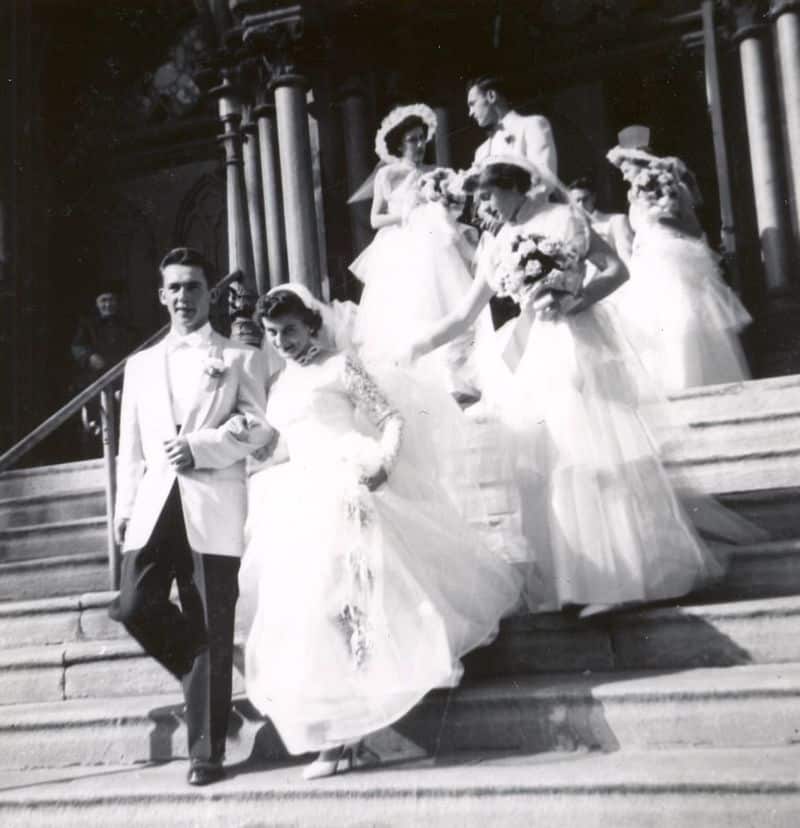
For many women in the 1950s, marriage was seen as the ultimate career path. Despite their professional aspirations, societal expectations dictated that a woman’s primary goal should be to find a husband.
Career ambitions were often secondary, seen as a temporary phase until marriage.
This mindset limited women’s opportunities for professional growth and reinforced the idea that their true value lay in domestic life.
It perpetuated the belief that women were only working until they could secure a husband, rather than pursuing a lifelong career.
9. Don’t Get Frustrated
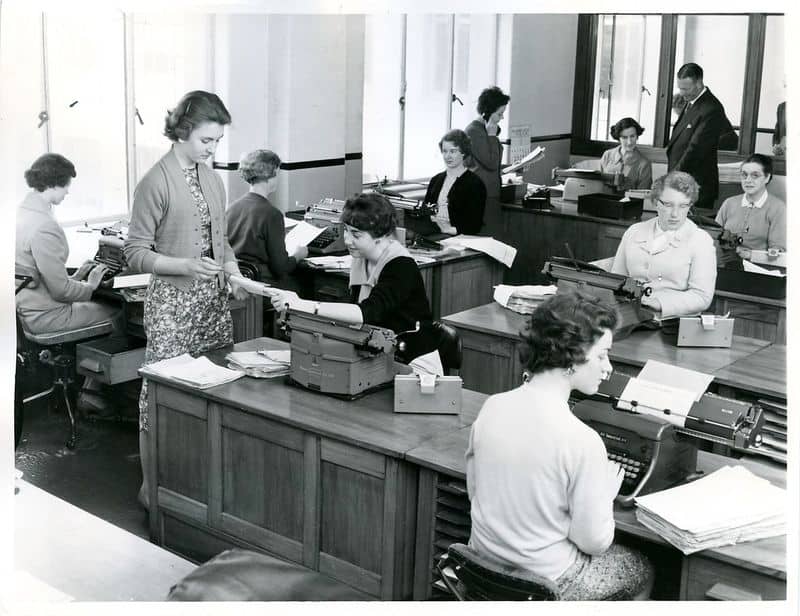
Women were expected to maintain composure and avoid showing frustration in the workplace during the 1950s. Expressing emotions like anger or dissatisfaction was frowned upon and seen as unprofessional.
This expectation placed an undue emotional burden on women, forcing them to suppress their feelings.
By discouraging emotional expression, workplaces maintained a surface-level calm while ignoring underlying issues.
This rule not only affected women’s mental health but also limited their ability to address grievances or work challenges openly.
10. Don’t Be a Leader
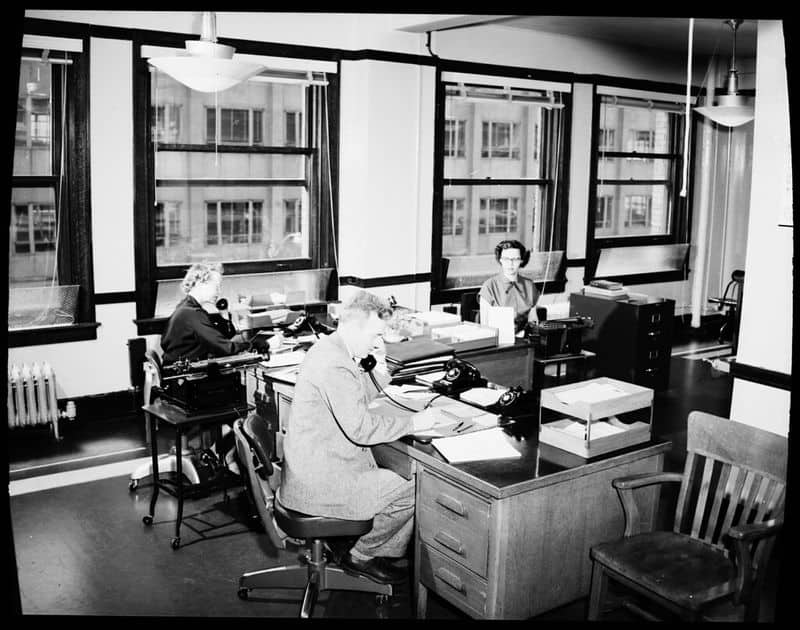
Leadership roles were typically off-limits to women in the 1950s workplace. Women were often encouraged to be followers rather than leaders, conforming to the supportive roles society expected of them.
Even when women had the skills and potential to lead, they were rarely given the opportunity to do so.
This limitation was a reflection of the broader societal belief that men were natural leaders.
It stifled innovation and diversity in leadership, keeping women from reaching their full potential.
